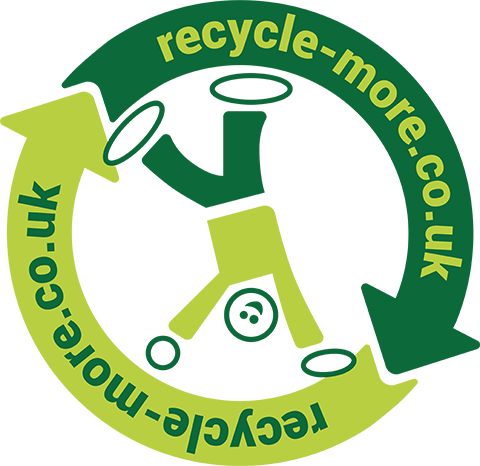
My top four tips to reducing a baby's impact on the environment
Becky Thomas
Sep 1, 2021
Having recently returned to work after maternity leave, I wanted to share are a few things I have found you can do to reduce the impact your baby has on the environment. Not always an easy feat but even small changes can make a big difference.
Nappies
Firstly, something which is making a renaissance is the good old cloth nappy!
Most of our parents/grandparents will have been brought up in these. Before disposable nappies were invented, parents had little choice but to use cloth nappies and wash them at home.
The UK disposes of around 3 billion disposable nappies each year, representing an estimated 2% to 3% of all household waste. By the time one baby is potty trained the baby could use 4,000 to 6,000 disposable nappies. In comparison, a baby only needs around 20 to 30 modern real nappies and these can also be used by any siblings that come along.
The Environment Agency conducted a lifecycle analysis to compare the environmental impacts of reusable and disposable nappies. The report concluded that reusables are up to 40% better for the environment than their disposable counterparts and the study only assessed disposables up to the point of purchase. It did not assess the post use processing of the product – refuse collection and transport (more carbon in the form of fuel) and ultimately disposal into landfill or incineration (yet more impact in terms of greenhouse gasses such as methane).
Cloth nappies have really come on since the days of our parents and there are so many great options if you want to reduce your household’s contribution of single use plastic into landfill.
The options available are endless, different types of nappies can be chosen based on your child’s requirements and the pretty prints you can get on your nappies are also endless! It goes without saying that a cloth nappy is more involved than using disposables, you must store the dirty nappies in a dry pail and wash every couple of days. They can take a while to dry, and it can take a while to find the right fit for your baby. But once you are into a rhythm, it really is not so bad. And you don’t have to commit fully to cloth to make an impact – personally I am a part time cloth user, I will use one or two disposables a day when it’s more convenient for example if I’m going out or I know I won’t have time to deal with the washing – but even part time we’ve saved around 1,300 nappies from landfill in 13 months.
Toys
We all know the dread of toys cluttering up your once clear home, even worse if certain toys have been used once then tossed aside.
Luckily there is a growing trend towards reuse and there are companies which you can subscribe to, pay a monthly/annual fee and swap toys as and when you choose! The downside is paying postage to send toys back, but if you do this in bulk it is less costly. The upside I have found is being able to swap out toys every couple of months, so my living room does not get swamped, baby is happy and bonus points for creating less waste! Check out www.whirli.co.uk for an example.
Wipes
Another common area of waste; wet wipes!
It’s fair to say they aren’t the most environmentally friendly things. A friend introduced me to cloth wipes quite early on, and I have to say this is the quickest win you can do – both for your pocket and for the environment!
They are great, inexpensive to buy, involve a little extra work but again once you are in the swing of things it becomes second nature. You will need a pack of cloth wipes, a Tupperware box and some water – simple! Every time you need a wipe, wet the wipe, use it – store it for washing. Absolutely brilliant for cleaning up after mealtimes as well as nappy changes.
Pouches
Final tip, instead of buying single use baby food pouches from the supermarket you can now buy plastic pouches which are reusable and can be filled and sealed from the bottom – preparing smoothies, porridge, yogurt, soup for an on-the-go meal has never been easier and more sustainable.





